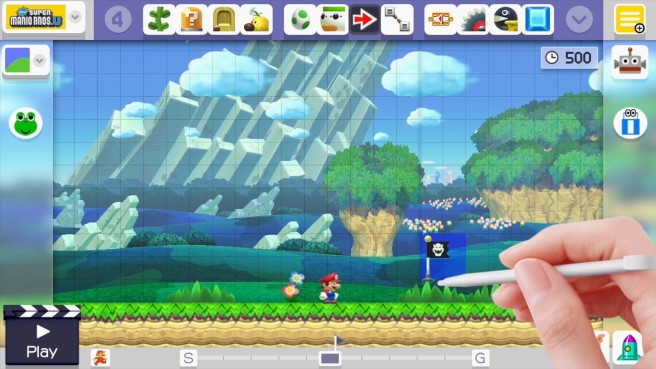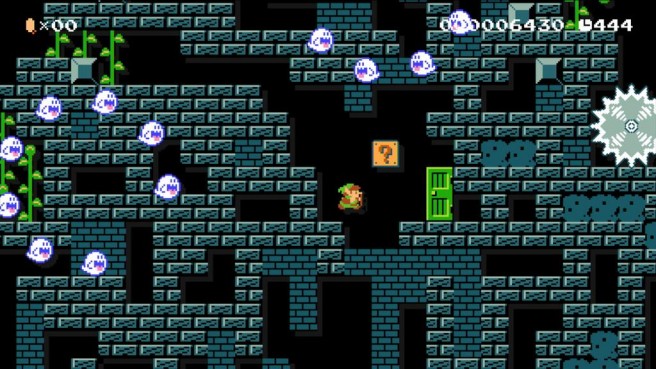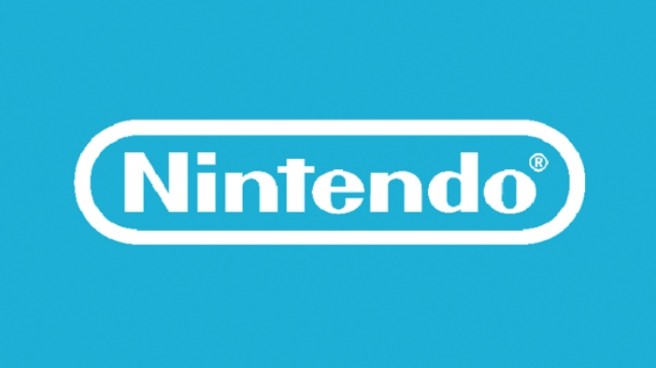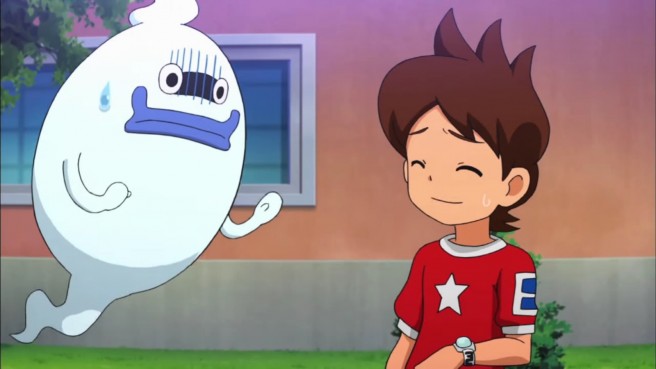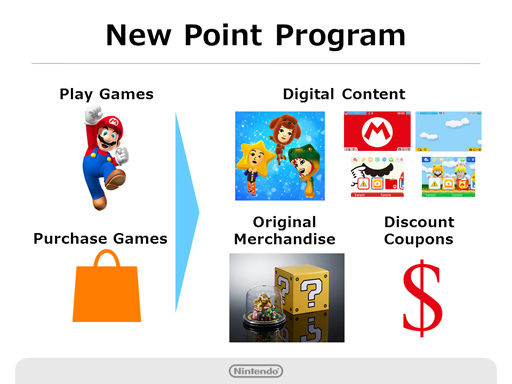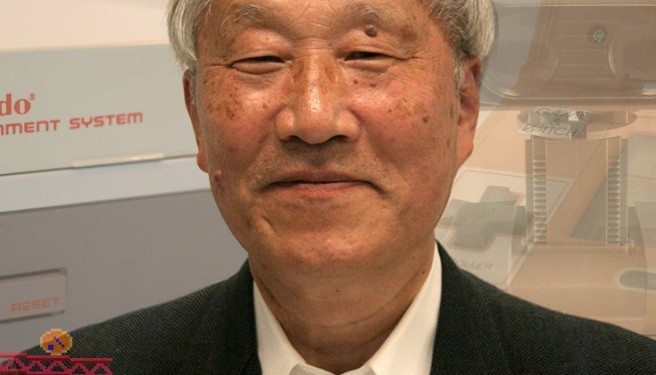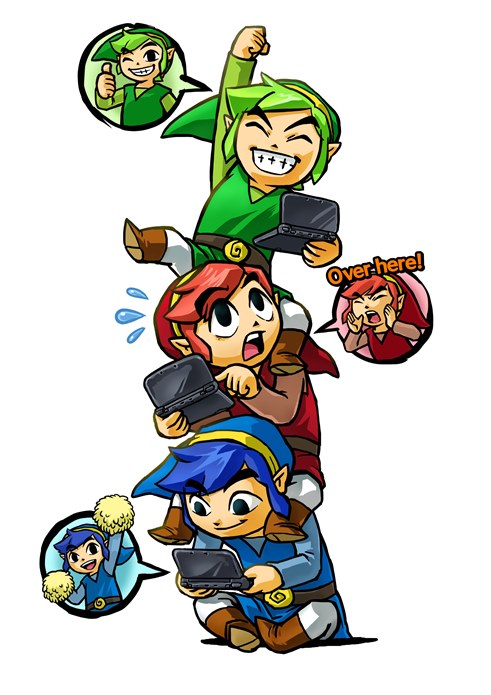Mario Maker devs on the new update, checkpoints came from user feedback, possibility of other “Maker” projects
Posted on 8 years ago by Brian(@NE_Brian) in News, Wii U | 15 Comments
USGamer recently caught up with Super Mario Maker producer Takashi Tezuka and co-directors Yosuke Oshino and Yoshikazu Yamashita. Much of the discussion focused on the game’s brand new update. Topics include how the checkpoint system came about, whether or not we’ll see other updates in the future, and the possibility of extending the “Maker” idea to other series/concepts.
Head past the break for a roundup of these interview excerpts. You can also read up on the full talk here.
Fatal Frame devs on GamePad usage and cut ideas, Ayane inclusion, free chapters in the west
Posted on 8 years ago by Brian(@NE_Brian) in News, Wii U | 11 Comments
Siliconera recently caught up with a pair of developers behind Fatal Frame: Maiden of Black Water. The site spoke with Nintendo co-producer Toru Osawa as well as Makoto Shibata. A few interesting topics came up during the discussion. The two creators commented on the idea behind using the GamePad as the Camera Obscura and cut ideas, where Ayane’s inclusion came from, and the decision to make the first two chapters free in the west.
You can find these excerpts from the interview below. Read the full discussion over on Siliconera.
Super Mario Maker – origins of costumes, cursors, and a message to fans
Posted on 8 years ago by Brian(@NE_Brian) in News, Wii U | 5 Comments
Last month’s interview of Nintendo Dream contains an extensive Super Mario Maker developer interview. Producer Takashi Tezuka, director Yosuke Oshino, and senior director Yoshikazu Yamashita participated in the discussion.
Several interesting topics came up during the interview, and we’re excited to share a few excerpts with you all. The three team members spoke about how the idea for costumes came together, the different cursors (including some abandoned, an yet strange ideas), and a message for fans regarding the series’ future.
Head past the break for our complete translation.
Microsoft says Nintendo has “always been innovative”, “dances to their own tune”
Posted on 8 years ago by Brian(@NE_Brian) in General Nintendo, News | 47 Comments
GamesBeat recently spoke with Aaron Greenberg, who leads the marketing team for Xbox’s first and third-party games. At one point during the conversation, the site mentioned how Nintendo is bringing out a new system in the middle of a console cycle, and asked if that move will disrupt things in a way.
Greenberg responded by saying that Nintendo has “always been innovative”. He also said that they “always danced to their own tune”.
Greenberg’s full words:
“I’m not sure what Nintendo’s doing. I hear the same rumors and stuff that you do. I guess we’ll react to that when we know more. Nintendo’s always been innovative. They’ve always differentiated in their own way. They’ve always danced to their own tune, if you will. It wouldn’t surprise me if they do their own thing when the time is right. What they’ve done is unique and different. How they’ll compete with us remains to be seen.”
More: Aaron Greenberg, interview
SEGA talks again about Sonic, bigger focus on quality, appealing to new and old fans
Posted on 8 years ago by Brian(@NE_Brian) in General Nintendo, News | 19 Comments
SEGA has once again commented on the Sonic franchise, plus what fans can expect in the future.
Chris Olson, SEGA of America’s chief operating officer, highlighted two key points while speaking with Polygon. He pointed to “a greater focus on quality” as well as interest in appealing to new and old fans. Additionally, SEGA isn’t looking to rush Sonic titles out the door.
Olson’s comments in full:
“(SEGA) wants to bring Sonic to where gamers are. …there’s still a very large-sized audience with old-school Sonic fans who grew up with the Genesis. We have an obligation to the fans of Sonic and the consumer.”
“The business is always a conflict of weighing bringing a title to a market and making the yearly plan versus maybe waiting and bringing something else. You can see that on the mobile side of things. In the earlier day of mobile development, there was a tendency to bring things out immediately. Those days are … gone. Consumer expectations have been raised.”
“Video game development is a pretty chaotic thing, and it’s important not to rush things, because we want to be sure we’re bring out the most polished thing. When we look at bringing Sonic to modern-day gamers, we … obviously want to appeal to as many people as possible but still focus on what it means to be Sonic and a Sonic game. Maybe that might lose some fans along the road, but we’re picking up new fans that will hopefully grow with us as Sonic grows.”
Olson also said SEGA will continue to “[evaluate] different ways to bring cool experiences” based on Sonic, it will do so with an increased emphasis on combining “cool” with “quality.”
More: Chris Olson, interview, SEGA, Sonic, top
VIZ Media thinks Yo-kai Watch will be the next Pokemon
Posted on 8 years ago by Brian(@NE_Brian) in General Nintendo, News | 31 Comments
VIZ Media has high hopes for Yo-kai Watch. Waell Oueslati, EMEA associate brand manager at Viz Media, recently told MCV that he believes the franchise could be the next Pokemon.
Oueslati said:
“This will be the next big boys’ brand, essentially the next Pokémon. We have very high expectations for the market and for the UK. We are certainly bigger than Pokémon in Japan; we currently have 95 per cent market share in that region.”
In case you’re curious, VIZ Media is in charge of Yo-kai Watch’s comics and TV show in both North America and Europe.
More: interview, Level-5, Viz Media, Waell Oueslati, Yo-kai Watch
Kimishima – wants 100-200 million My Nintendo members, Miitomo talk, NX offers new experience
Posted on 8 years ago by Brian(@NE_Brian) in General Nintendo, Mobile, News, Switch | 32 Comments
More tidbits have been translated from Nikkei’s interview with Nintendo president and CEO Tatsumi Kimishima.
We already heard Kimishima’s mention that Nintendo has interest in bringing its mobile apps to over 100 countries (with eight supported languages). We also heard him mention that he believes Nintendo could exceed profits from the Wii and DS days.
In terms of what’s new, here’s what Kimishima said when asked when the localization of Nintendo’s mobile apps will take place:
“I want to do it as soon as possible. This is because our goal is to increase the number of My Nintendo members. It would be good if we reached one hundred or two hundred million members.”
Kimishima was also asked if Nintendo will lose money on Miitomo. He replied with the following:
“If you want to dress your Mii in certain outfits, it’ll be so that you can select and purchase them. Also, it will have game elements.”
Finally, Kimishima did briefly touch on NX. Of course, Nintendo won’t be talking about it until next year, but it “offers a totally new experience.” He also wants it to be adopted quicker than the 3DS and the Wii U.
More: interview, Tatsumi Kimishima, top
NES designer talks about the controller
Posted on 8 years ago by Brian(@NE_Brian) in General Nintendo, News | 2 Comments
NES designer Masayuki Uemura has offered quite a bit of insight into the console’s controller. Here’s what was shared with USgamer:
“There were, as you can probably imagine, a lot of difficulties we faced in doing things for the first time in building this hardware, but one of the most difficult was, ‘What shape and layout will the controller have?’ This has a touch of coincidence about it, too, but some of those people who had gone to work with Gunpei Yokoi’s team eventually found their way back to our team. So one of the ideas that came up because of that was, ‘Well, we’ve got this Game & Watch multi-screen Donkey Kong that uses the controller format of a plus control pad and buttons.’ So we hooked that up and got it working.”
“At the time, we were prototyping various ideas for the Famicom hardware, as well as controllers. When we took this idea that had been used for controls with the Donkey Kong Game & Watch and got it working on the Famicom prototype with that same style of controls, we immediately knew, ‘OK, this feels right; there’s something good about this.’ That means that there are actually a few people who can claim that they invented the controller for the Famicom!
“I think that the biggest reason that we liked the controls this way was just how good the original Game & Watch Donkey Kong, which was on multi-screen, felt. To expand on that a little further, with this prototype… the multi-screen format of the Donkey Kong Game & Watch means that you have a screen on top and a screen on the bottom, with the controls down below. When we hooked up the prototype, it meant that you were no longer looking down there [at the controls], but up here [at the screen]. Yet we suddenly realized, kind of mysteriously, that you didn’t need to look at the controls while you were playing the game, and it still felt right!
“And up to that point, we had tried a big variety of control styles and they had all had some sort of something that didn’t feel quite right about them, but this was something that no matter who tried it on our team, they could tell right away that this worked. So that’s when I decided to put my foot down and make the call that this is what we would be going with.
“I may have made the decision, but in the end, it’s something that whoever worked on the Game & Watch for Donkey Kong had a hand in, whoever brought the idea to try out the prototype had a hand in it—it was really a team effort.”
“You know, we didn’t patent that technology (crosspad design) at the time. Once it was established, you kind of started to see it pop up everywhere, and now it’s kind of become a standard for controls in games.”
USgamer has much more with Uemura in its piece. You can read up on the full article here.
More: interview, Masayuki Uemura, top
SEGA – been tough translating Sonic into 3D, new games will be inspired by classic entries
Posted on 8 years ago by Brian(@NE_Brian) in General Nintendo, News | 80 Comments
SEGA has taken some heat with the Sonic series as of late. In particular, Sonic Boom admittedly led the gaming franchise astray and resulted in a large amount of criticism.
Speaking with Marketing Week, SEGA Europe marketing director Jon Rooke promised that new games in the series “will be more inspired by how it played in its heyday.” He also acknowledged the difficulty in bringing Sonic into 3D.
Rooke said:
“Sega has publicly apologised to the fans as the quality of console games in the Sonic franchise hasn’t been acceptable over recent years. It’s been tough translating that iconic side scrolling 2D experience from the 90s into 3D but Sonic is still huge for us so the new games will be more inspired by how it played in its heyday.”
Sonic Generations actually felt like a step in the right direction to me. And Sonic Colors, while not perfect, definitely had some redeeming qualities. It kind of makes you wish SEGA could be more consistent with the franchise!
Zelda: Tri Force Heroes – more talk of experimenting with 4 players, cut 2-player idea, totem inspiration
Posted on 8 years ago by Brian(@NE_Brian) in 3DS, News | 1 Comment
The Legend of Zelda: Tri Force Heroes features three players rather than four. We’ve heard from the development team a few times now that they did experiment with the latter number, but three Links was ultimately the path that was chosen.
Zelda: Tri Force Heroes director Hiromasa Shikata commented on this once again in an interview with IGN, in which he stated:
“When we tried four player, we definitely wanted to incorporate the totem mechanic, but what happened is that when you totem, the middle two players have nothing to do.”
“When it was four players, the players split up into two and two and each of them would do their own thing. So we thought that three players was the best number to have.”
Shikata also touched on a multiplayer idea that didn’t make it into the final game. Had it been implemented, two players could fuse together.
“[The fused heroes] could only go in one direction if both players wanted to go in that direction. Unfortunately, that made the gameplay very hard, so we had to take that mechanic out.”
Finally, Shikata discussed where the inspiration from the totem mechanic originated from.
“One of my teammates brought a picture of a circus act where people were stacked on top of each other. Looking at that picture, I thought that was a good way to use the 3D feature on the 3DS.”
